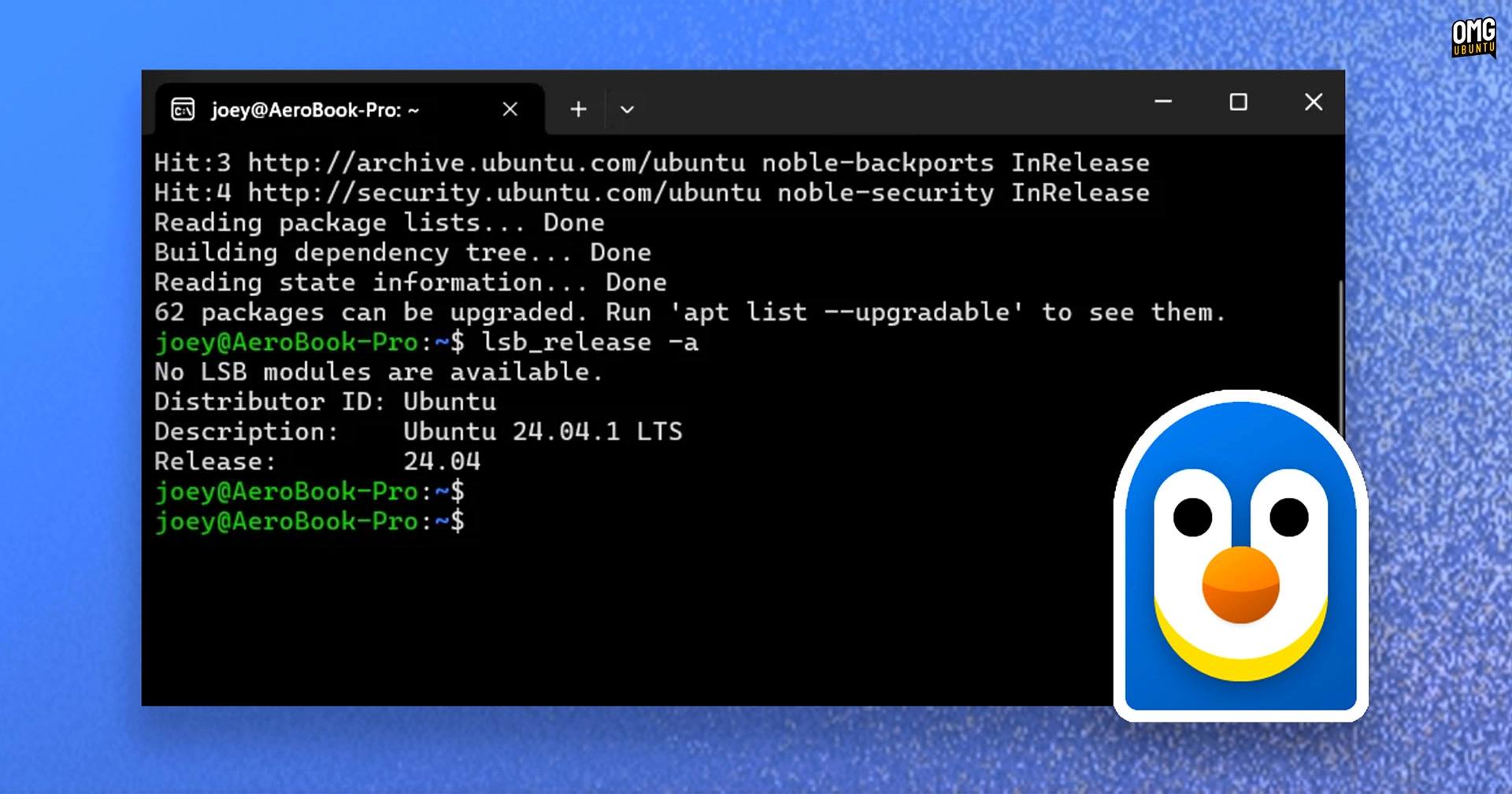Microsoft has announced that it has open-sourced the Windows Subsystem for Linux (WSL) after nearly a decade of its development. This announcement was made during the recent BUILD event, where Microsoft also introduced its new CLI text editor called Edit. The source code for WSL can now be found on Microsoft’s GitHub repository.
For those unfamiliar, WSL is a unique virtualization technology that permits Windows users to run various Linux distributions, such as Ubuntu, directly within the Windows environment. It provides a tightly integrated experience with the operating system, enhancing accessibility for developers who may not wish to run a complete Linux distribution but still require access to Linux tools.
Microsoft’s rationale for making WSL open-source is to foster community involvement and improve the technology. According to Pierre Boulay from Microsoft, community contributions have been vital to WSL’s success, and opening the code will help the project evolve further.
Some WSL components were already available as open-source, such as wslg, which enables GUI applications to run on the Windows desktop, along with the WSL 2 Linux kernel. The newly open-sourced components include command-line executables, the WSL service for managing virtual machines, booting distributions, and handling file sharing, among others.
However, not all components of WSL have transitioned to open-source; some parts associated with WSL 1 remain proprietary. Nonetheless, WSL 2, which runs on a full Linux kernel and offers enhanced speed and functionality, is the version primarily used.
Since its initial launch in 2016, WSL has seen significant advancements. The original version served as a translation layer, which provided reasonable performance but was limited in scope. The introduction of WSL 2 in 2019 marked a significant shift, allowing for complete system call support, greater performance, GPU acceleration, and the capability to run GUI Linux applications efficiently.
In 2021, Microsoft decoupled WSL from Windows, enabling frequent updates and releases outside the traditional Windows release cycle. Recently, improvements have been made to how Linux distributions are installed in WSL, accommodating custom images hosted locally, a change quickly adopted by users.
For further details, the source code can be accessed via the WSL GitHub repository.
